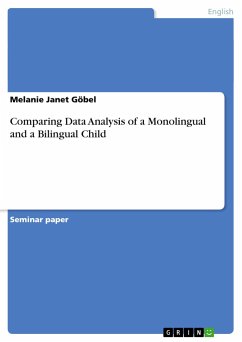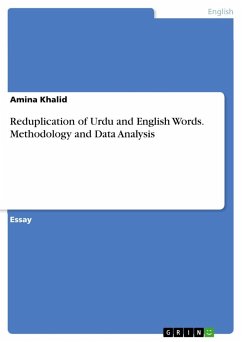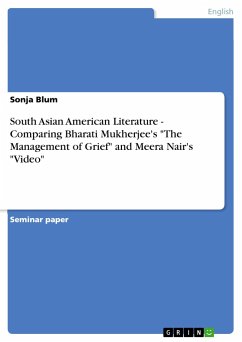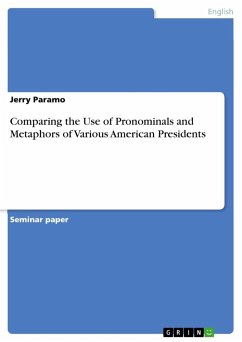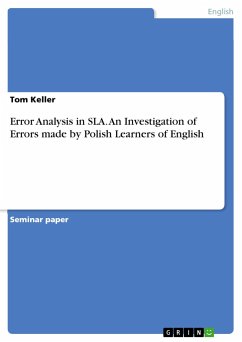Seminar paper from the year 2003 in the subject English Language and Literature Studies - Linguistics, grade: 1, University of Dusseldorf "Heinrich Heine" (Anglistik III), course: Error Analysis, language: English, abstract: Have you ever read a newspaper article about bilingual children? Well, I guess everybody has come across at least one of them. Is it not an interesting matter of fact that bilingual children apparently learn a second language easier than monolingual? But after reading those texts have you ever asked yourself where exactly the differences between monolingual and bilingual children in second language acquisition (SLA) are? I did and therefore I investigated in comparing data of a monolingual and a bilingual child. Consequently in my analysis I will not focus on one particular error but I will take in account all errors made by my subjects. I will start my paper with giving you some background information about the subjects´ native languages. The monolingual child´s native language (NL) is German, the bilingual child´s mother tongues are German and Arabic. I will show you the most important differences between English, German and Arabic. Because I did not find a useful Arabic grammar (in fact the problem was that I can not read Arabic letters) I asked a friend of mine to translate some sentences. Therefore you will find a comparative table of English, German and Arabic in Appendix I. In the next part I will tell you something more about my subjects and about the requirements they had to fulfil. Then I will discribe how I collected the data. The complete data will be found in Appendix II. The next step will be a presentation of my results. First I will tell you how the data was scored. Afterwards there will be a detailed description of each error made by my subjects and I will try to analize why they occured. Finally I will draw a conclusion out of my results.

